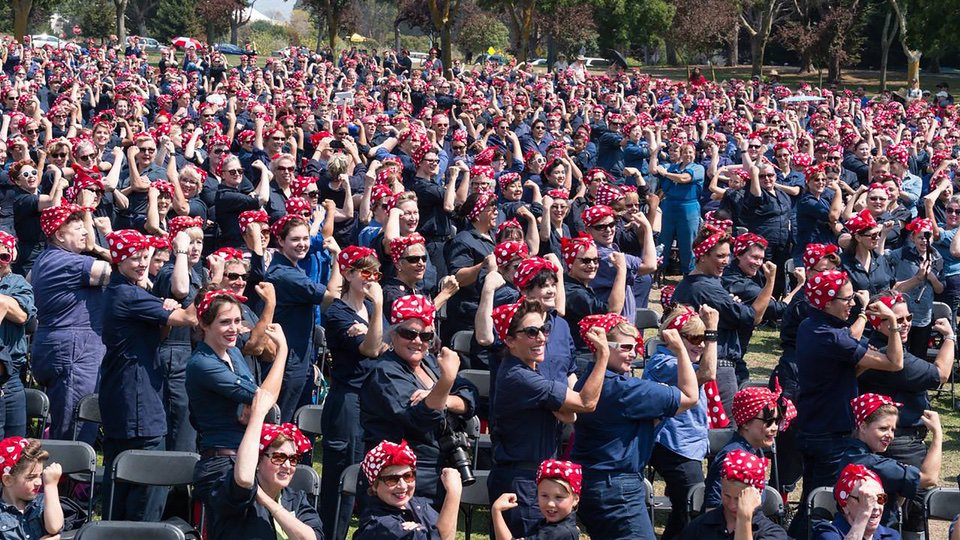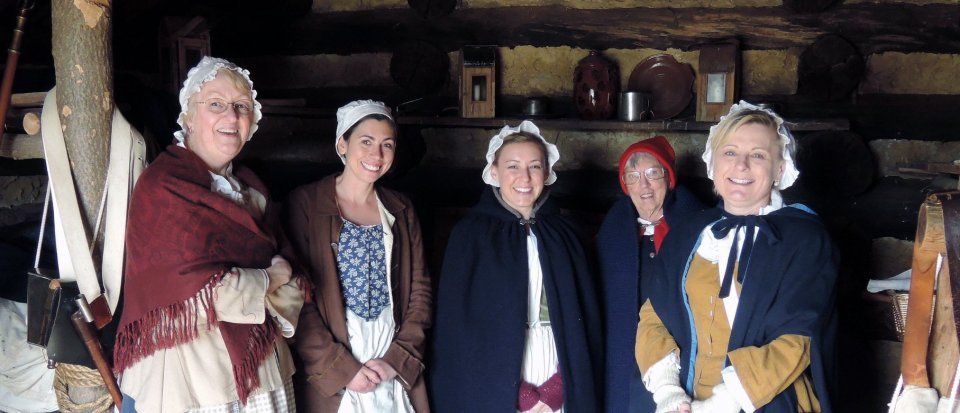The following blog is an excerpt from, The Service, Sacrifices, and Bravery of Women in Wartime by the National Park Foundation.

National parks preserve military history and our nation’s stories amidst times of war. They’re found in places like Washita Battlefield National Historic Site in Oklahoma and World War II Valor in the Pacific National Monument, that stretches from Hawai’i, Alaska, and California.
Wartime in America brings to mind accounts of George Washington and his men, spending a bone-chilling winter at Valley Forge and stories of the Buffalo Soldiers who were based out of the Presidio before fighting in the Spanish-American and Philippine-American wars.
While these servicemen made history, their efforts were bolstered by women. Their heroinism is also commemorated in national parks, providing insights into the sometimes lesser-known accounts of war and a more complete view of our past.

At a time when the usage of wigs by both sexes was the closest men and women came to equality, the contributions of women in the war effort were often overlooked by the men who recounted the history. In fact, given their anonymity, some housewives and young girls who worked as maids and cooks would eavesdrop on conversations between soldiers and officers at enemy camps. They were among some of the first women to spy on behalf of the United States, and they were certainly not the last.
Others took more conspicuous action. Accounts were written of two women who took control of cannons during battle, after their husbands were injured (Margaret Corbin at Fort Washington and Mary Ludwig Hays at the Battle of Monmouth).
At Ninety Six National Historic Site, visitors can learn about how sisters-in-law captured a British dispatch rider, speedily sending along the intercepted message to an American general during the siege. One woman, Deborah Sampson, even enlisted in the 4th Massachusetts regiment, taking on the alias “Robert Shurtleff” before ultimately being hit by a musket ball in her leg.
Wives of soldiers made their own impact, joining their significant others at camp. Perhaps most famously, Martha Washington joined her husband at Valley Forge, keeping the household running and organizing meals and entertainment for staff. Valley Forge National Historical Park keeps alive the memory of officer wives and other camp women who kept morale high, laundry clean, and camp chores completed. Beyond encampments, women took on additional responsibilities as the men left for war, even taking over their husbands’ roles such as tavern keepers.
The Women's Outdoor News, aka The WON, features news, reviews and stories about women who are shooting, hunting, fishing and actively engaging in outdoor adventure. This publication is for women, by women. View all posts by The WON